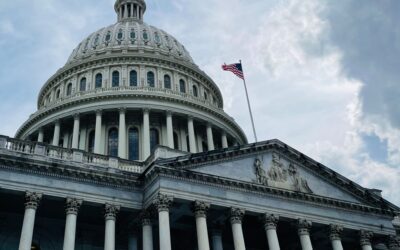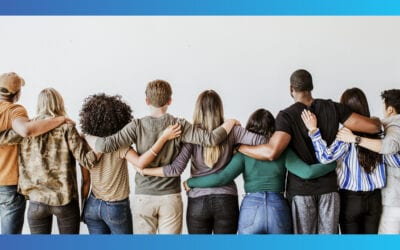The Context
Today’s society is morphing into communities of unwired, fluid and essentially ad hoc connections that are governed by shared interests, shared access, and shared instincts. This situation is unprecedented and is punctuated by a decreasing loyalty to the traditional connective tissue of culture such as media platforms, institutions and the government. The overriding challenge for marketers, technologists and strategists is to define and understand the mechanisms that will fill this void and create new connective tissue.
The Vision
PathSight Predictive Science has developed a proprietary methodology that organizes today’s fragmented reality into actionable and impactful insights. Based upon a confluence of advances in neural, behavioral and data science, we can now define the impact of the instincts that influence why people identify with, buy, vote for and join the groups that they do..
Unlike traditional segmentation models, the PathSight methodology focuses on understanding the patterns of biologic instincts.
Surprisingly, demographics are not a factor in this predictive model. Instead scientists have discovered that the qualities that define these instincts; Care, Fairness, Loyalty, Authority and Purity, are all survival instincts that stem from the deep brain, and are therefore triggered without thought, much like their counterparts Flight or Fight. All humans possess these instincts to varying degrees, and that variety can be analyzed and organized. Data analysis enables us to assign people into measurable clusters that reflect their instinctual worldview, which has proven to be a stunningly accurate predictor.
These instincts inform our beliefs and values, and are expressed in our observable behaviors. Unlike traditional segmentation models that seek to associate behaviors with differences in the demographics, the PathSight methodology focuses on understanding the patterns of these biologic instincts, as they are distributed across any population, and tailoring communications to trigger specific instincts and outcomes. As a result we are able to refine marketing, educational and messaging strategies to be significantly more impactful.
Our research has shown that people aren’t convinced to alter their behaviors through logic, but rather by the alignment of the words, images and themes with their perspective, which stems from the innate biologic instincts that are stored in the non-verbal part of their brain. This represents a seismic shift in communication and messaging paradigms; the PathSight methodology leverages a trade secret to identify an essential element in creating connective tissue that holds together in today’s increasingly disjointed world. Understanding the role of biologic instincts in decision-making provides a strategic foundation for approaching every person-to-person engagement with deliberate intention and precision.
Consider the following as an example of how the instinctual worldviews that are captured in the PathSight Clustering Model can deliver on this promise of managing this sea of ad hoc relationships.
The Model
1. Clustering By Instinct
The five foundational instincts that comprise the PathSight Model are distributed across the population in five recurring patterns or clusters. These patterns allow for people to be grouped based upon the similarities of their instinctual worldviews across two axes. The horizontal axis spans from individuation (where the individual is preeminent) to social binding (where group cohesion is preeminent), and the vertical axis represents the degree of loyalty to one’s group of origin.
2. The Distribution of Mixes
PathSight has developed several ways of clustering any population of any size into 5 distinct Mixes. Our tactics range from algorithmic sorting and behavioral pattern recognition to direct surveying methods. These Mixes, which are distributed across populations, are not determined by the traditional variables of age, gender and ethnicity.
3. Tribes of Interest
People often join together around areas of common affinities. These can be topical and range from shared interests, to areas of joint participation or areas of intense personal identification. Often these tribes have a wide array of participants across all clusters. This is especially true for large-scale trends that influence culture broadly, including fashion, travel, music, fitness, etc.
4. Influencers & Leaders
Typically one cluster leads the evolution of any group or tribe and defines its standards. These influencers exist within thousands of communities that are comprised of tens of thousands of followers across a multitude of topics. Some tribes maintain purity around a single cluster but most are broad based and layer in a broader compliment of clusters over time.
Step 5. Growth and Differentiation
Tribes tend to evolve and grow in predictable patterns. Early stages are driven by opinion leaders with additional clusters added as the tribe moves toward mass membership. As this evolution proceeds, large tribes can begin to separate into sub-elements of topical clusters. So a fashion community may begin around a Mix 2 opinion leader and end up dividing into more specific groups of fashion fans that deliver more targeted relevant inspiration.
In Summary
PathSight has developed a world-class model that defines how people engage with each other and the world around them. This model continues to evolve in order to address the emerging challenge of managing the untethered relationships that abound in todays’ flat, crowded and connected world.















